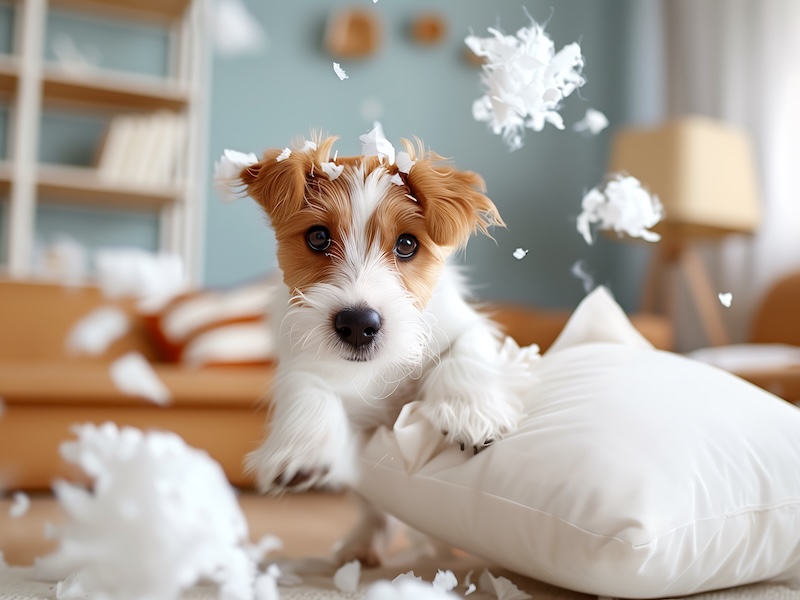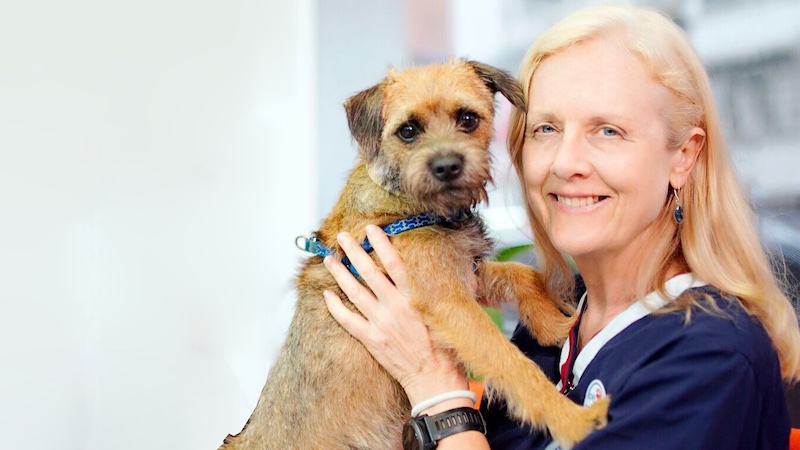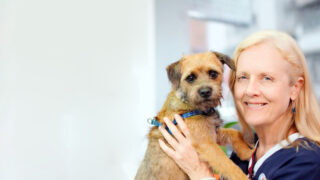In each issue of Expat Living, DR PAULINE TAYLOR of Pets Central answers readers’ questions on their furry friends. This month, she looks at how to puppy proof your home, positive reinforcement and tips for bringing home a puppy or adult dog.
“How do I dog-proof my apartment?”
Firstly, if you want to minimise the “dog-proofing” you have to do to your home, training a dog to happily stay in a comfortable den or cage when you’re out is well worth the effort. It keeps them safe and out of trouble. Chewing, digging, scratching and
inappropriate toileting are some of the major “crimes” dogs commit, in particular when they’re bored. Being starved of an enriched environment, lacking social play and playmates or being endlessly left alone can lead to these unwanted behaviours.
If you want to prepare your apartment for a new dog, whether it’s a pup or a new adult dog from an unknown background, the first thing you should do is get down on your hands and knees and view your apartment from a doggy viewpoint. Look at all the areas that seem interesting, and in particular where food may be accessible. Make sure all food is out of reach, including in fridges, rubbish bins and cupboards. If your dog is agile and a potential food thief, fridge and cupboard locks can and should be used.
Also, move all smaller chewable objects you value out of reach. Be prepared for some soft furnishing destruction from young pups, though most do outgrow this stage. Don’t get new carpets or sofas at the same time as a new pup, and keep well-used furnishings until the dog is old enough to leave them alone.
Enrich your dog’s environment
Dogs find activity rewarding – use toys, games, food, different types and textures of toys, ropes, bones, rubber and so on. My general rule is to change a dog’s toys every other day and each time offer only two toys.
Many anxious dogs become destructive when their owners are not at home. This is a specific problem that needs input from your vet. Punishment is not going to work and should never be used.
Positive reinforcement
Positive reinforcement training can be done easily so long as all family members do the same things. You also need to start immediately – as young as possible is best. After all, preventing the development of misbehaviour is much easier than stopping
established misdeeds!
The main three things to remember and follow are:
- No punishment.
- Avoid putting your pup in a situation it could do something you don’t want.
- Reward a behaviour that you consider is good.
To stop your pup chewing a table, for example, I’d start by introducing one word into his vocabulary that gently means “no”. I used “uh-uh” with my new pup, and when he stopped chewing I rewarded him with a treat (a toy or even a cuddle may suffice too).
He soon got to learn that he gets rewarded for being good. Don’t forget, however, that most young pups don’t know right from
wrong, so they do need to be trained to recognise your boundaries.
About Dr Pauline Taylor (BVM&S MACVSc)
After graduating from Edinburgh University, Dr Taylor began practicing in Scotland, working with farm animals, and has accrued over 30 years of experience in caring for animals in various places including the UK, New Zealand and Hong Kong.
Pets Central operates multiple Animal Clinics and Hospitals In Hong Kong.
North Point Hospital | 2811 8907
Mong Kok Hospital | 2309 2139
Tseung Kwan O Hospital | 2244 6684
Sai Kung Hospital | 2792 0833
Park Island Mobile Clinic | 6223 0903
pets-central.com
This article on how to puppy proof your home with positive reinforcement first appeared in the Winter 2024 issue of Expat Living magazine. Subscribe now so you never miss an issue.
Bringing home a puppy? Check out the best dog parks in Hong Kong!





